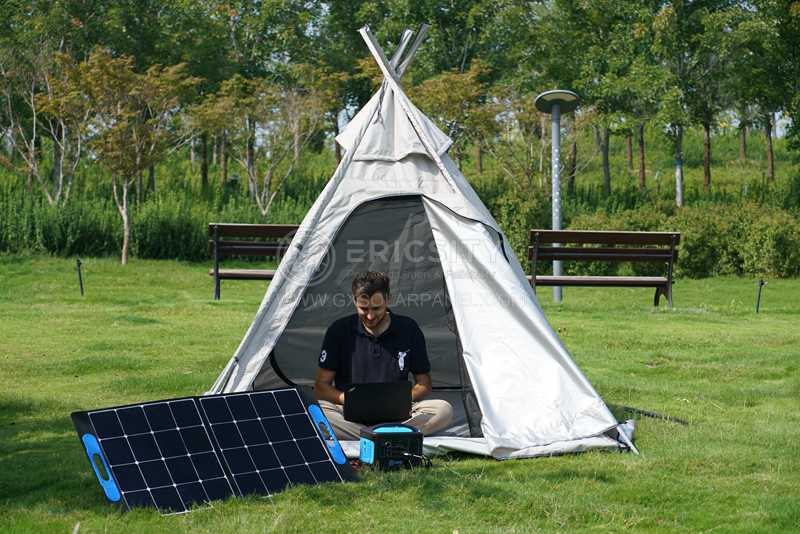HOT PRODUCT
Product Details
Efficiency Meets Flexibility: How Monocrystalline Panels Shine
[Assistant]
Efficiency Meets Flexibility: How Monocrystalline Panels Shine



Solar energy has become increasingly popular in recent years as a renewable source of power. Among the various types of solar panels, monocrystalline panels stand out due to their exceptional efficiency and flexibility. With their ability to convert sunlight into electricity at higher rates and adapt to different installation requirements, monocrystalline panels have become a preferred choice among solar enthusiasts and industry professionals.
Monocrystalline panels are known for their high efficiency, which refers to the ability of a solar panel to convert sunlight into usable electricity. Compared to other types of solar panels, such as polycrystalline and thin-film panels, monocrystalline panels have the highest conversion rates. This efficiency is a result of their composition, as monocrystalline panels are made of a single crystal structure. The uniformity of the crystals within the panel allows for a more efficient energy conversion process, resulting in higher power output per square foot.
In addition to their efficiency, monocrystalline panels also offer excellent flexibility in terms of design and installation options. Their sleek, black appearance makes them aesthetically pleasing, blending seamlessly with various architectural styles. This feature has made monocrystalline panels a popular choice for residential and commercial installations alike.
Furthermore, monocrystalline panels can be easily installed on various types of surfaces, including rooftops, carports, and even curved structures. Their adaptability is owed to their high power density, meaning they can produce a significant amount of electricity within a limited space. This makes them ideal for installations where space is limited or where maximizing energy production is crucial.

The flexibility of monocrystalline panels also extends to their ability to perform well in different weather conditions. These panels are designed to have a low-temperature coefficient, meaning their performance is less affected by high temperatures. This is particularly beneficial in areas with hot climates, where solar panels can sometimes experience efficiency losses. The enhanced thermal stability of monocrystalline panels ensures they can continue to generate electricity consistently even during hot summer months.
In terms of durability, monocrystalline panels are also notable. As they are made from a single, high-quality crystal structure, they tend to be more resistant to cracking and degradation over time. This durability translates into a longer lifespan for the panels, which means more renewable energy production over the years and a higher return on investment for solar system owners.
With all their advantages, it’s important to note that monocrystalline panels do come at a slightly higher cost than other solar panel types. However, the higher initial investment is often outweighed by their increased efficiency and long-term performance. Additionally, as the demand for solar energy continues to grow, the cost of monocrystalline panels is gradually reducing, making them more accessible to a wider range of consumers.
In conclusion, monocrystalline solar panels offer an excellent combination of efficiency and flexibility. With their high conversion rates, sleek design, and adaptability to different installation scenarios, they have become the preferred choice for many solar projects. As technology advances and demand for renewable energy increases, monocrystalline panels are sure to continue shining brightly in the solar industry.




